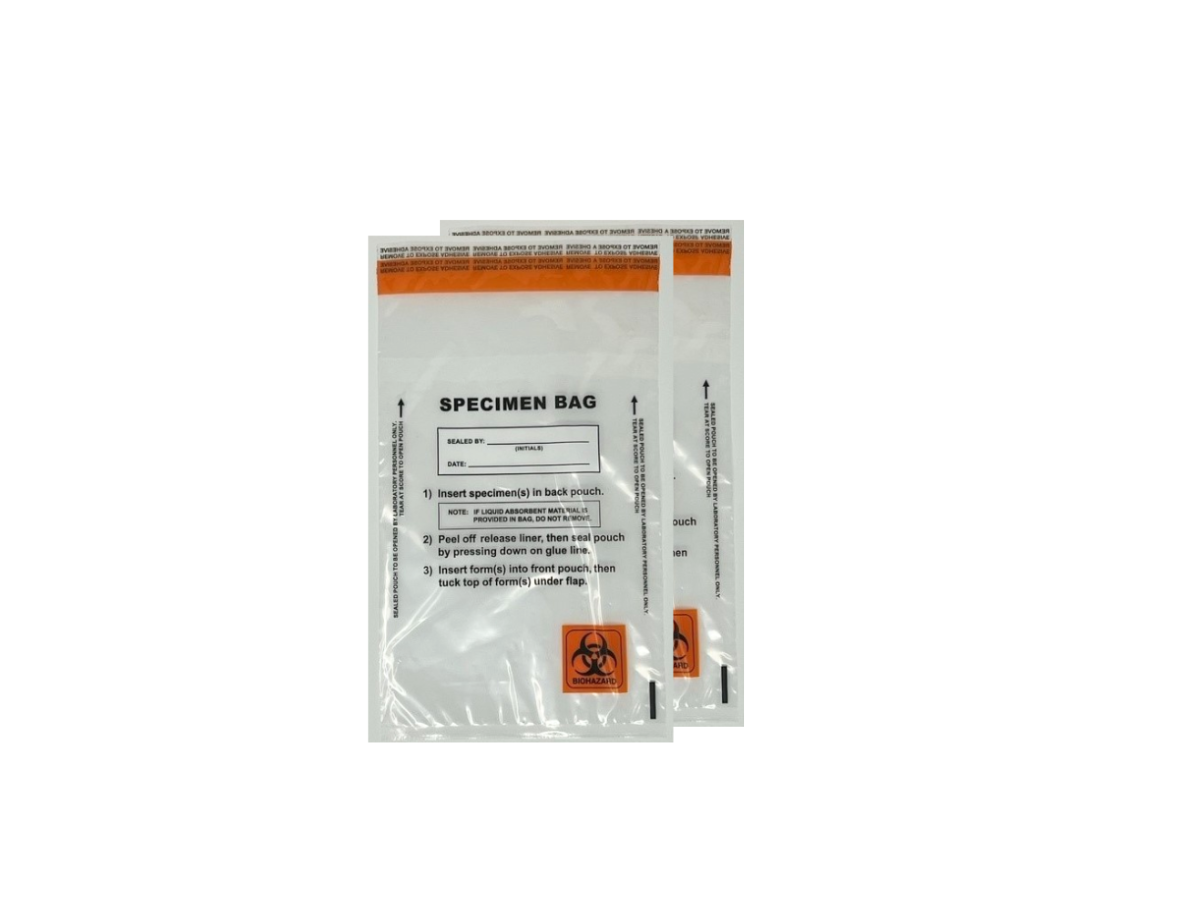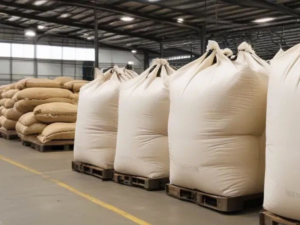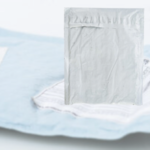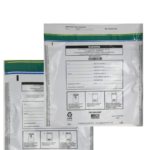
A Comprehensive Guide to Biohazard Specimen Bags

Efficient Handling and transportation of biohazardous materials is quite important in any healthcare facility. It helps maintain a safe environment for both healthcare professionals and the general public.
One essential component of this safety protocol is the use of biohazard specimen bags.
In this comprehensive guide, we will learn the key factors of biohazard specimen bags, including design, usage, and their role.
Let’s get started.
Understanding Biohazard Specimen Bags
Biohazard specimen bags are also known as biohazard bags or specimen transport bags. They are specifically designed containers for the safe and secure transportation of biological materials posing a threat to human health. These materials include blood samples, tissues, cultures, and other potentially infectious substances.
Design Features
Color Coding:
One of the distinctive features of biohazard specimen bags is their vivid color. Typically, these bags are bright red or orange with prominent biohazard symbols. The color is not just for aesthetics; it serves as a visual alert to anyone handling the bag, indicating the potential danger associated with its contents.
Biohazard Symbol:
The universally recognized biohazard symbol is prominently displayed on these bags. This symbol is often in fluorescent orange or red. It serves as an additional warning to keep people aware of the potential risks associated with the contents.
Material and Durability:
Biohazard specimen bags are constructed from durable materials, such as polyethylene, that provide a barrier against potential leaks or spills. This ensures the containment of hazardous materials during transportation.
Closure Mechanism:
Secure closure mechanisms, such as zip-lock seals or adhesive strips, prevent accidental exposure to the contents. This feature is especially critical during transportation, reducing the risk of contamination.
Best Practices for Using Biohazard Specimen Bags
Proper Labeling:
Accurate and clear labeling of biohazard specimen bags is important. Include essential information such as the patient’s name, medical record number, date and time of collection, and a brief description of the contents. This ensures proper identification and traceability throughout the handling process.
Double Bagging:
In situations where an extra layer of protection is required, double bagging is recommended. This adds a barrier in case of accidental spills or leaks. It is useful in minimizing the risk of contamination.
Handling Procedures:
Strict adherence to handling procedures is crucial. Healthcare professionals must wear appropriate personal protective equipment (PPE), including gloves and, if necessary, masks and gowns, when handling biohazard specimen bags. This helps prevent the transmission of infectious agents.
Transportation Protocols:
During transportation, biohazard specimen bags should be securely placed in leak-proof containers or secondary packaging. This provides an added layer of protection in case of bag damage or breakage. Additionally, transport vehicles should comply with regulations for the safe transport of hazardous materials.
Preventing Infections and Ensuring Public Safety
Infection Control:
Biohazard specimen bags are a key component of infection control measures in healthcare settings. Proper use of these bags helps prevent the accidental release of infectious agents. It is important in safeguarding both healthcare workers and the general public.
Public Awareness:
The distinctive appearance of biohazard specimen bags serves a dual purpose. It not only alerts healthcare professionals but also raises public awareness about the potential hazards associated with certain materials.
Compliance with Regulations:
The use of biohazard specimen bags is governed by various regulations and guidelines, such as those established by the Occupational Safety and Health Administration (OSHA) in the United States. Healthcare facilities must stay informed about and comply with these regulations to ensure the highest standards of safety.
How to Choose Biohazard Specimen Bags
Identify Bag Design Features
The design of biohazard specimen bags plays a significant role in their effectiveness. Consider the following key features:
- Color Coding: Biohazard bags are typically bright red or orange to serve as a visual alert. This color coding is a universal indicator of potential danger, making it easy for healthcare professionals to identify and handle these bags appropriately.
- Biohazard Symbol: The prominent display of the biohazard symbol on the bags adds an extra layer of warning. Make sure the symbol is visible, easily recognizable, and compliant with industry standards.
Material and Durability:
Select bags made from durable materials, such as polyethylene, to provide a reliable barrier against leaks and spills. The durability of the bag helps maintain the integrity of the containment during transportation.
Closure Mechanism:
The closure mechanism, whether zip-lock seals or adhesive strips, should be secure and reliable. This ensures that the bag remains tightly sealed, reducing the risk of accidental exposure to the contents.
Consider Size and Capacity
Consider the volume and types of specimens regularly handled in your facility. Choose the bags that offer adequate space without unnecessary excess.
Evaluate Labeling Options
Look for bags that provide sufficient space for essential information. May be it is the patient’s name, medical record number, date and time of collection, or a brief description of the contents. Some bags may have pre-printed labels for common information, simplifying the labeling process.
Assess Seal Integrity
When evaluating potential bags, check for features such as reinforced seams and leak-proof closures. Some bags are designed with multiple layers of protection or offer double-sealing mechanisms to enhance seal integrity.
Evaluate Cost-effectiveness
Compare prices from different suppliers. Take into account factors such as bulk purchasing discounts and any additional features that may justify a higher price.
Understand Regulatory Requirements
Different countries and regions may have specific guidelines, and healthcare facilities must comply with these regulations.
In the United States, for instance, the Occupational Safety and Health Administration (OSHA) provides guidelines for the safe handling and transportation of biohazardous materials.
Conclusion
Biohazard specimen bags are indispensable tools in the healthcare industry. They provide a reliable means of transporting potentially hazardous materials while minimizing the risk of contamination. Their design features contribute to their effectiveness in preventing the spread of infections.
Healthcare professionals must adhere to best practices, including proper labeling, double bagging when necessary, and strict handling and transportation protocols, to ensure the safe use of biohazard specimen bags.
It is important to choose the right vendor to meet your biohazard specimen bag requirements. Make sure to learn about their prices, quality, feedback, and clients they have worked or are working with. It will help you choose the right biohazard specimen bags for your healthcare facility.
Share:
Get A Quick Quote
Social Media
Most Popular
Categories
Tags
Related Posts

The Ultimate Guide to Organizing and Storing Soil Bags
If you’re a gardening enthusiast, you know how important it is to have good-quality soil for your plants to thrive. Soil bags, whether they be

A Guide to Utilizing Bulk Bags in Agriculture: Making Farming Effortless
Bulk bags or flexible intermediate bulk containers (FIBCs) are one of the important tools used in farming practices. These large, sturdy bags offer a range

Clear Poly Mailer Bags: The Ultimate Shipping Upgrade
Shipping is a challenging aspect in the world of e-commerce. Some products like glass items, electronics, and artwork are more fragile than others. As a



